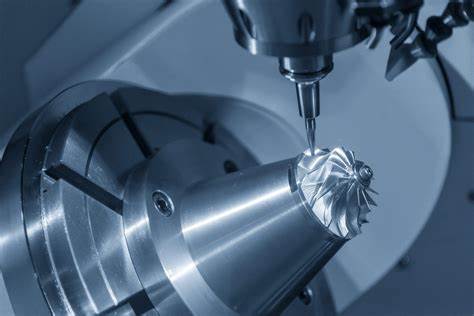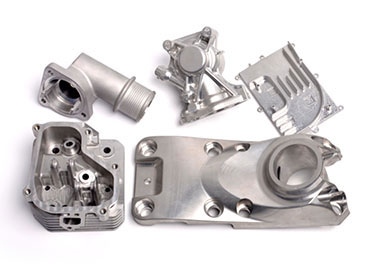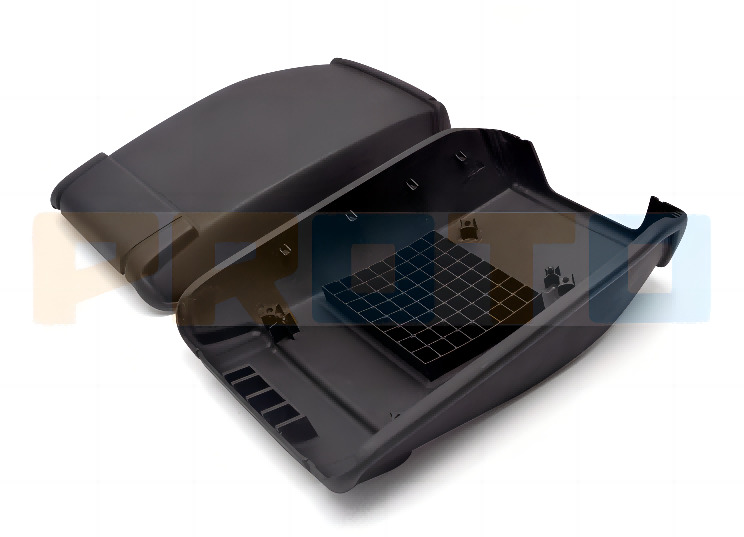“Prototype” is a local industry term. In professional terms, it is called: sample, verification piece, model, proportional model, etc. In layman’s terms, it is a verification sample that is manufactured in small quantities before the product is finalized.

Products that have just been designed are generally not perfect or even usable. Once they are produced directly and have defects, they will all be scrapped, which is a huge waste of manpower, material resources and time.
Therefore, usually products that have just been developed or designed need to be prototyped. For products that require mold production, one or several will usually be made based on the product appearance drawings or structural drawings to check the appearance or structural rationality. Functional template.
A prototype is used to verify the feasibility of the product without opening a mold. Prototypes generally consist of a small number of samples, with a short production cycle and low consumption of manpower and material resources. Shortcomings in product design can be quickly identified and improved, providing sufficient basis for product finalization and mass production.
There are many ways to make prototypes, and different techniques have their own advantages and disadvantages.
Clay sculpture
A three-dimensional product hand-carved from oil clay is called a clay sculpture. In the early days of industrial manufacturing, when there was no automated equipment, prototypes were made with clay sculptures.
The material used for clay carving is hard clay, which is generally carried out by manual carving. According to the design concept of the product or referring to the design picture, the engraver uses clay to stack and carve, and finally obtains a clay model of the product’s appearance.
In order to obtain a high-quality appearance model, the requirements for the sculptor’s aesthetic sense and artistic sense are relatively high, so the cost is relatively higher.

CNC machining
CNC engraving machine processing is a relatively traditional prototype production process. It is good at finishing small tools and has the capabilities of milling, grinding, drilling and high-speed tapping. It is widely used in many fields such as 3C industry, mold industry, and medical industry.
The prototype produced by the CNC engraving machine process can very accurately reflect the information expressed in the drawing, and the surface quality of the prototype is high, especially after surface spraying and silk screen printing, it is even more radiant than the product produced after the mold is opened. .
CNC processing method is suitable for products with high material toughness requirements, large products and high precision. Suitable materials include plexiglass, resin, wood, metal (including copper, aluminum, mild steel with a hardness less than HRC40), etc.
Most of the CNC equipment used to make prototypes are 3-axis machines. Some workpieces with complex structures need to be separated, processed and then spliced together manually, because the 3-axis machine can only process one surface at a time.

3D printing molding
3D printing is usually achieved using digital technology material printers. It is often used to make models in the fields of mold manufacturing, industrial design and other fields, and is gradually used in the direct manufacturing of some products. There are already parts printed using this technology. The technology has applications in jewelry, footwear, industrial design, architecture, engineering and construction (AEC), automotive, aerospace, dental and medical industries, education, geographic information systems, civil engineering, firearms and other fields.
There are many different technologies for 3D printing, and they differ in the way materials are available and built in different layers to create parts.
Commonly used materials for 3D printing include resin, nylon fiberglass, durable nylon materials, stainless steel, aluminum materials, titanium alloys, silver plating, gold plating, gypsum materials, rubber materials, etc.
3D printing has low cost (high material utilization rate), fast cycle, simple operation, and high precision. It can be formed in one piece regardless of the complexity of the product structure. This forming method is the most popular and is an important supplement rather than a replacement for traditional processing methods.
Silicone replica molding
The silicone molding process refers to the process of degassing, mixing, preheating, and molding the castables under vacuum conditions, and then performing secondary solidification molding in a constant temperature oven at 60°C-80°C for 2-3 hours.
Imitation products made from silicone replica molds can reach the strength and hardness of materials such as ABS. More than 20 pieces of the same product can be made using one silicone mold. Greatly reduce product development costs, cycles and risks.
For small-batch prototypes with a complex structure, uniform wall thickness, and certain functional and appearance requirements, the cost of making iron molds is high and the cycle is long. Silicone replica molds can be selected for molding.
The materials that silicone molding can produce include ABS, PC, PP, soft rubber, PMMA, nylon, PVC, etc.
Disadvantages of silicone replica molds: The mold is not resistant to acid and alkali, aging, and has a short life. The surface of the mold is prone to traces, streaks, and roughness. Because the mold is a soft mold, the tolerance is in the range of 0.1-0.2mm, so the product accuracy is not high.
Different prototype manufacturing methods are used according to different needs.
PROTO MFG provides a wide range of manufacturing capabilities and other value-added services for all of your prototyping and production needs. Visit our website to learn more or to request a free, no-obligation quote.